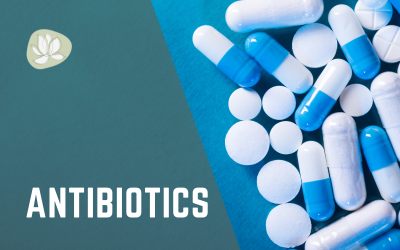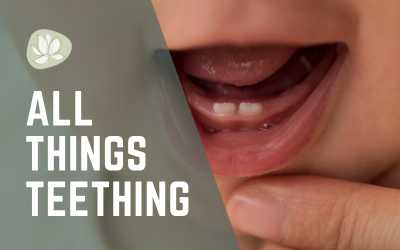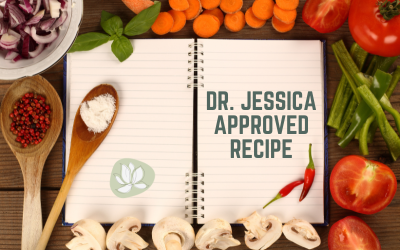Food and nutrition labels can look like a bunch of gibberish at times if you’re not sure what you’re looking at; however, if you want to live a healthy, natural, and clean eating lifestyle with nutritious, real foods, it’s important for you to learn how to read these and to teach your children as well.
Here are some guidelines for reading the fine print on food labels.
Skip the Nutrition Facts Minus the Sugar
So for me, this is the last thing I look at instead of the first. That said, if this is your first time reading labels- just look at the sugars. With kids needing less than 25g a day and adults less than 40g, anything over 5g per serving is going back on the shelf. I’m more interested in if the product is real rather than what the nutritional facts state.
Know Your Hot Words
If you’re trying to watch what goes in your mouth and ensure that you’re not ingesting any inflammatory foods or harmful additives, you should be looking out for “hot words”. These are your immediate no words on your food labels, and they include soy, gluten, wheat, corn, possibly dairy, natural or artificial flavorings, and any artificial sugars. You and your family may also need to read up on and look out for any words that are synonymous with sugar. Unfortunately, there are a lot! There are numerous types of artificial sweeteners, and they can easily sneak into your diet and cause health issues and potential insulin (diabetic) problems down the road. Artificial sweeteners are prevalent in sports drinks, some mainstream juices, diet foods, and tons of foods that are geared toward children. Research is now showing that these sugars and sugar equivalents are especially detrimental to your gut health, and if you know anything about gut health, then you know that it controls your immune system, your emotions, and your ability to grow and repair, which is the body’s ability to heal itself.
The Structure of Ingredient Lists
The first ingredient you see will be the largest component in that package. As you move down the list, you will see ingredients in the order that they are present in the food. Remember, even if an ingredient is the very last one on the list, indicating it is the least prevalent, it is still inside the food. So if you know that you are avoiding soy as part of your health journey, but it’s the last ingredient on the list, you should still pass. In general, the shorter the ingredient list, the better, as it means there are fewer additives and potentially harmful chemicals to ingest. I taught my kids to start at the bottom and read up. Many times the crap is there, and you can spend less than 5 seconds before you say no and put it back.
What’s the Bottom Line?
The bottom line when it comes to reading the label on foods is to start at the bottom and read up, the fewer ingredients the better. If you see an ingredient that you’ve never heard of, can’t pronounce, or have never seen in any kitchen, then it’s best to avoid that food. Lastly, get in the habit of periodically checking even the good preapproved foods, because companies sell, ingredients change, and it’s always best to take a quick look especially if something has changed with your health or emotional well-being.




Recent Comments